How to grow and care for Incarvillea?
Incarvillea is a flower that came to us from Central and East Asia. Now many Russian gardeners practice the cultivation of Incarvillea. It is a herbaceous plant that blooms from May to September. Due to the tubular flowers collected in the inflorescence-brush of white, pink and crimson color, Incarvillea is sometimes called garden gloxinia.
Types and features
There are 14 species of representatives of the genus Incarvillea. And they all differ from each other in the height of the stem (from 30 to 150 cm), the size and color of the flowers, the flowering period. The fruit is a bipartite capsule, four or hexagonal. Tuberous roots, woody. Growing Incarvillea is not difficult, but it has a number of features depending on the species.
Incarvillea is a wild shrub, some species even live in the Himalayas and can withstand temperatures down to -15 degrees, for example, Incarvillea large-flowered, Incarvillea Mayra. However, most of the species are domesticated, therefore they winter in a shelter. The cold is not terrible for this oriental beauty, which makes it easier to care for her even in temperate latitudes, but with an increased moisture content in the soil, the tubers can rot. Therefore, it is not surprising that she feels great in the mountains.
If you are a beginner gardener, then you can safely take up the cultivation of Incarvillea, since it is an unpretentious plant. Leaving does not require much effort and money. The most common are large-flowered, Myra and Delaway. The first two are 30 cm high, cold-resistant. The latter reaches 60 cm, does not tolerate low temperatures.
Planting methods
Consider growing Incarville in different ways.
- From seed
A fairly effective method, it allows you to bring out new colors of buds. This path is preferred by experienced gardeners. Seeds for seedlings are sown in pots or boxes in March, holes are made up to 1 cm.In the ground, planting is carried out at the end of April - May, seedlings appear after 14 days, but if planted in greenhouse conditions - after 7 days. The seedlings are dived when the first leaf appears. Young individuals fertilize the entire first season, the Incarvillea will bloom presumably in the second season.
- Propagation by cuttings
Also an easy way: we cut off a part of the stem (3 cm) from a mature plant, treat it with a growth stimulant so that the roots form sooner, put it in a greenhouse.
- Tuber planting
Another option for growing Incarvillea. You can buy caudex (aka tuber) at a flower shop, the main thing is that it should be dense, with live buds at the top, without dried out or putrefactive lesions. If the flower does not plant right away, you will have to place it in a bag of dry sand in a cellar or just a cool place. Planting takes place in March. The buds on the caudex should be 5 cm covered with earth. In this case, you will see the leaves in early June, and your Incarvillea will bloom this season.
In order for the cultivation to be fruitful, consider what the proper care of the Incarvillea will be.
Basic rules of care
Incarvillea is a beautiful and delicate plant and, importantly, not capricious. But, despite this, it is worth making sure that the care is correct.
- To avoid decay of the roots, the plant is planted on gentle parts of the garden plot, in places where water will not stagnate.
- Be sure to make drainage from small rubble, fragments of brick or expanded clay. Then the plant will overwinter safely.
- Better to plant in pre-fertilized soil.
- Mineral fertilizers promote flowering, but increase sensitivity to cold, as an option, you can fertilize with compost waste.
- Landing is carried out in a well-lit area or in partial shade.
- Good watering is important, then the stem of the plant will develop, in order to avoid moisture loss, growing a flower requires mulching the soil at the roots.
- For the winter, you can insulate with peat, sawdust, dry leaves or humus, and cover with plastic cans.
Advice
Many experienced gardeners plant Incarvillea in rock gardens (a structure that imitates a part of a mountain landscape, an "artificial slide"). Due to the rocky soil, the plant feels great, as in natural conditions for its habitation.
In general, Incarvillea develops well on the nutrient soil even without additional fertilizing. Of course, with a balanced intake of minerals, Incarvillea will bloom profusely, but it may not overwinter. Replace them with organic fertilizers. They need to be brought in 2 times per season. The main thing is that the soil is light, non-greasy and non-acidic. To remedy the situation, you can add lime or sand to it. Sometimes it is necessary to sprinkle the soil with ash or insecticides to avoid damage to the flower by spider mites, aphids and mealybugs.
Growing an incarvillea in one place in the garden is possible for 3-5 years, in the future it is better to transplant it to a new place. Otherwise, the plant is gradually aging. Still, as an option, you can rejuvenate by dividing the tubers or digging. This is plant care.
Application of incarvillea
Everything here depends on your imagination, because Incarvillea looks great in any garden compositions: a simple flower bed, a rabatka or a mixborder. On a rocky area, it will look even more impressive, as it has a very bright color.
Some plant Incarvilles in large flowerpots or just boxes and place them at the entrance to the house or right in the house, which, of course, applies to undersized varieties. The only thing: Incarvillea is not the best option for flowers for bouquets: the composition will turn out to be beautiful, but short-lived.
When growing an Incarvillea, do not forget that it does not like drought, but it also does not tolerate a large amount of moisture, it needs fertilizing the soil twice a season. Planting in drained soil is optimal. To summarize - just create conditions close to natural for the habitation of this flower, and cultivation will give the long-awaited results - profusely blooming healthy Incarvillea.
So, leaving, planting, growing Incarvillea is a grateful business, because this oriental visitor is unpretentious, and most importantly, it will become an excellent decoration for your personal plot!
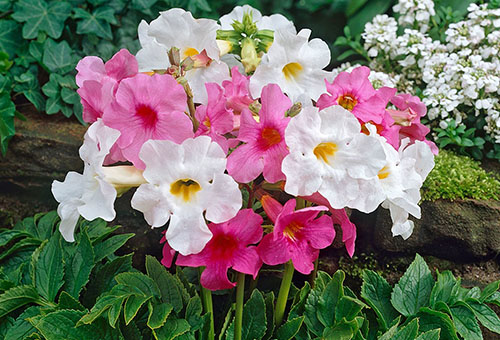
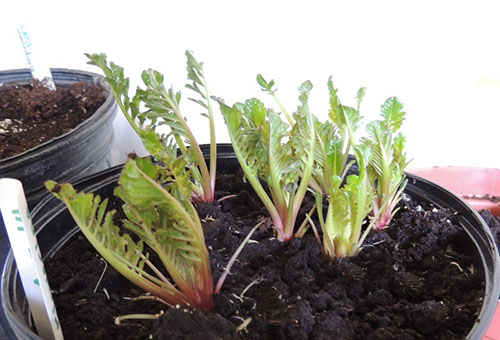

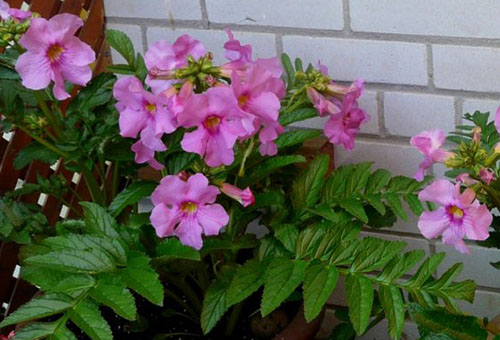
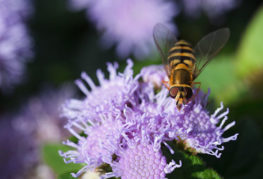

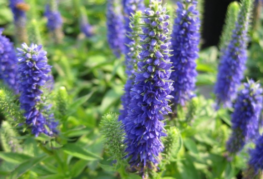
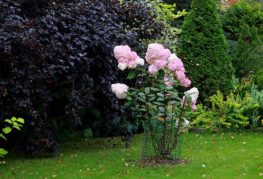
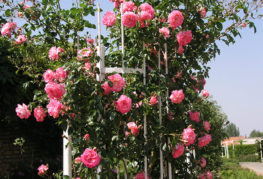
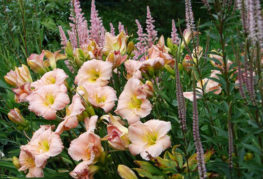
and will be published shortly.